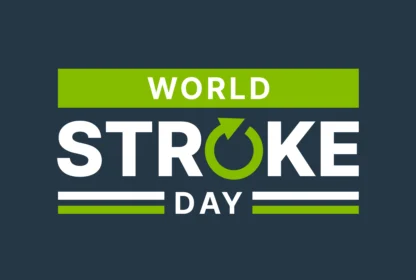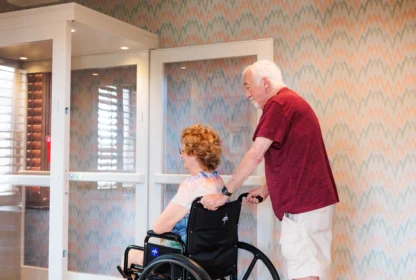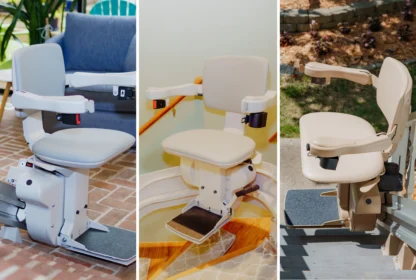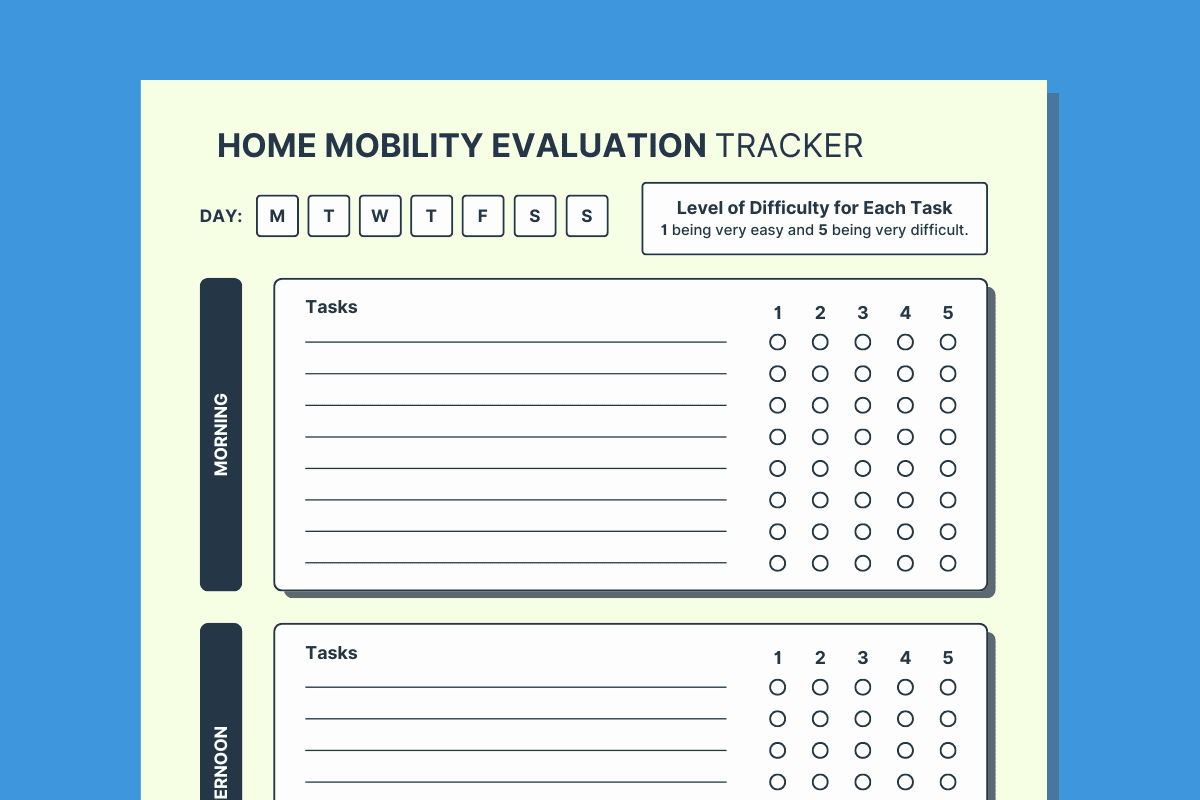
2025 has officially arrived and that means there’s no better time to start fresh with your mobility goals. Whether you’re looking for mobility solutions for yourself or are supporting an elderly loved one, there are many steps you can take to enhance safety, prevent falls, and improve overall quality of life.
If you don’t know where to start, we’ve got you covered. We suggest kicking the year off by conducting a comprehensive mobility evaluation. Read on to discover more about these important and potentially live-saving practices and learn how 101 Mobility is here to support you at every step of your mobility journey.
Why Mobility Assessments Matter: Thinking Ahead
When it comes to improving your mobility and your home’s accessibility, it is important to first find out where you currently stand—and mobility assessments can help you do just that. You’ll want to figure out what you aren’t capable of doing on your own, along with the things you are capable of accomplishing solo. Completing a home mobility evaluation can help you tackle this task with ease. In turn, you’ll be able to stay as safe and independent as possible, as you can identify any limitations you have and address them accordingly.
By proactively identifying any potential mobility barriers, you can implement fall prevention strategies, enhance your life, and give yourself peace of mind, creating a more safe and comfortable future for the year ahead—and many to come.
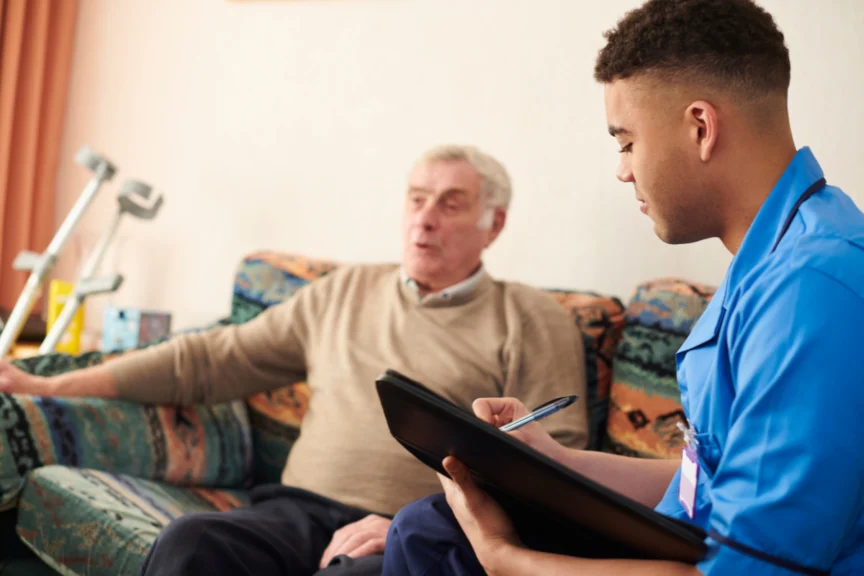
What Is a Mobility Assessment?
Don’t worry—mobility assessments don’t have to be scary or intimidating. In fact, they can be empowering and even help restore your confidence, as you’ll have a more firm grasp on your status.
So what exactly is a mobility assessment? A mobility assessment is essentially a home mobility evaluation designed to help determine your ability to perform common daily activities in your space and is used to help detect any issues you may have. Depending on your methods of assessment, this often consists of a series of tests or tasks built to locate your mobility limitations.
Benefits of Conducting Regular Mobility Assessments as You Age
Once any potential problems have been identified through a home mobility evaluation, you’ll then be better able to figure out what additional assistance you might need—including caregiver support, medical intervention, or at-home mobility aids for seniors. Taking these proactive steps can help with creating fall prevention strategies and comes with its share of additional benefits.
- Preventing Falls: Falls are often a main concern for the elderly and those with mobility issues. In fact, falls result in more than three million emergency room visits annually. By detecting potential mobility barriers early through senior safety assessments, you can help prevent these deadly accidents, safeguarding yourself and those you love against injury. Learn more about fall prevention strategies.
- Promoting Independence: While mobility assessments help detect your limitations, they can also help detect your strengths. These tests are a convenient way to uncover the skills you may feel more confident in, helping you complete tasks with greater ease and making you more likely to seek help when needed.
- Creating Tailored Solutions: Regular mobility assessments can also help you discover which mobility aids for seniors will work best for you. Perhaps you found that stairs were an issue and you want to explore a stairlift. Maybe balance is your biggest concern and now you can look to install grab bars around your home. If elevated spaces presented challenges during your assessment, you will then know that ramps may be the way to go. A comprehensive mobility assessment can help you create an appropriate and effective action plan on your own terms.
How to Conduct a Mobility Assessment at Home
You can visit a doctor for a comprehensive mobility evaluation that includes a thorough look at your medical history and a physical examination. However, you can also conduct your own more casual home mobility evaluation using a few tests that are designed to determine functionality and ability. Learn more about all your options.
- Observe Daily Movements: Start by keeping track of how well you or a loved one is able to complete common tasks. Is there a struggle when it comes to getting out of bed, walking, or using the bathroom? If so, note it down along with the level of difficulty, paying special attention to the tasks that are especially difficult or are likely to become more difficult with time. Use the 101 Mobility Home Mobility Evaluation Tracker to make observation easier.
- Test Your Skills: In order to conduct a mobility assessment at home, you can also explore a range of self-administered tests to give you a better idea of your specific challenges. This can include toe touches, ankle flexibility practices, chair stands, and more. You’ll want to cater these tests to your unique areas of concern, then follow up by mapping out the appropriate next steps and related fall prevention strategies. You’ll also want to practice these carefully during your home mobility evaluation, as you don’t want to push yourself too hard and risk injury.
- Explore Trusted Resources: Nurses and other qualified healthcare experts will often use the Bedside Mobility Assessment Tool (BMAT) to help them decide how to best transfer an individual. In order to make this assessment, tests will be done to determine how well you are able to perform common movements such as sitting, standing, stretching, and walking. While these tests help with patient handling and choosing mobility tools, they are also designed to assign you a mobility level. That means the results can also be a good indicator of what you are able to do at home.
Another tool often used by healthcare professionals, the Elderly Mobility Scale (EMS) is also a valuable resource for seniors. It’s one of the most popular and trusted senior safety assessments and is designed to test mobility through 14 components. It’s also ideal for tracking progress and changes over time, so you can adjust your mobility tools and methods as needed. Learn more about EMS scoring.
- Seek Professional Help: When in doubt, it is always best to seek the guidance of healthcare professionals, as they can help you safely complete comprehensive mobility examinations with care, ensuring your results are accurate—and as useful as possible. Want expert advice on accessibility tools and mobility aids for seniors that can improve your home? We’re up to the task. Contact us today for a free in-home consultation. We’re here to help you figure out what mobility solutions will work best for you—and your unique situation.
Common Mobility Aids and Solutions for Mobility Roadblocks
If you do encounter a few mobility roadblocks when completing your senior safety assessments, there’s no need to worry. There are a variety of accessibility aids available that are designed to help you improve your home’s safety—and your standard of living. At 101 Mobility, we specialize in making your life easier by providing you with today’s best mobility aids for seniors and expert service you can trust. Let’s get you started on the road to a better tomorrow.
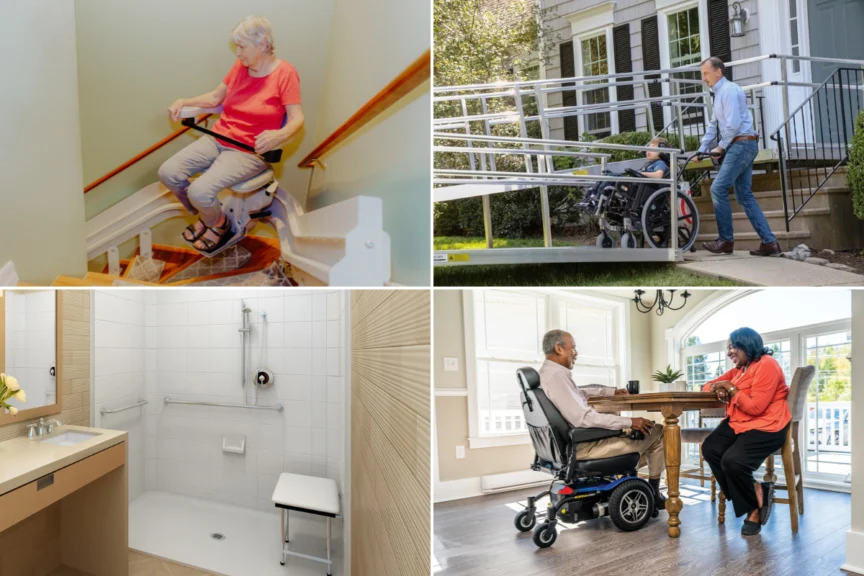
- Stairlifts: Discover you’re in need of a way to safely navigate between floors? You can sit comfortably and get to where you need to go with a stairlift, whether your staircase is straight, curved, or located outdoors. These tools also function as one of the most trusted fall prevention strategies, keeping you protected at every step.
- Ramps: If you’re a wheelchair user or anticipate using one down the line, ramps can make it easier to reach elevated areas of your home, including entryways.
- Bathroom Modifications: The bathroom can often be a dangerous place and is a common location for mobility challenges. From grab bars to barrier-free showers, we have just the thing for your situation.
- Power Chairs and Scooters: If you need help maneuvering through tight indoor and outdoor spaces effortlessly, these tools can grant you improved freedom and independence.
What Should I Do If My Mobility Assessment Determines I Need Mobility Help?
If your home mobility evaluation determines that you or a loved one are in need of mobility help, we’re here for you. We’re a leader in mobility aids for seniors and are experts in all things accessibility. We’re ready to help with quality evaluations and guidance designed to meet your individual needs—and ensure optimal comfort in your home. Get in touch with us today to experience the ultimate compassion and care. From stairlifts to bathroom modifications and everything in between, you can count on us to help you make improvements after conducting your senior safety assessment.
Plus, explore our other resources designed to offer support and guidance. Learn more about taking care of elderly parents, get tips on aging in place, or check out what we’re doing to make a difference in the lives of our customers. Remember, you don’t have to do it alone.
Kickstart a Safe Future
When it comes to your mobility, safety is the most important detail to keep in mind. Completing a mobility assessment can help you stay proactive and protected, setting yourself up for a safer and more comfortable future ahead. Start 2025 off by committing to your wellbeing. Complete a home mobility evaluation today and get on track for a better tomorrow. We’re here for you—no matter what mobility challenges you face. Contact 101 Mobility for professional and personalized solutions when you need them most.
